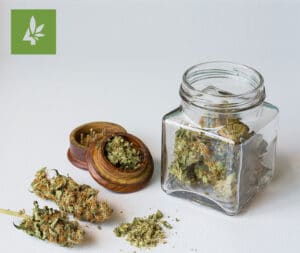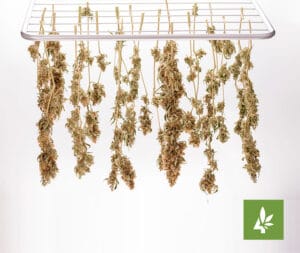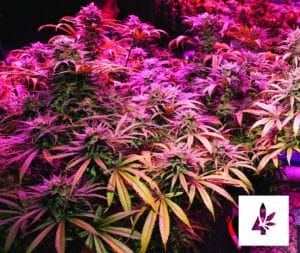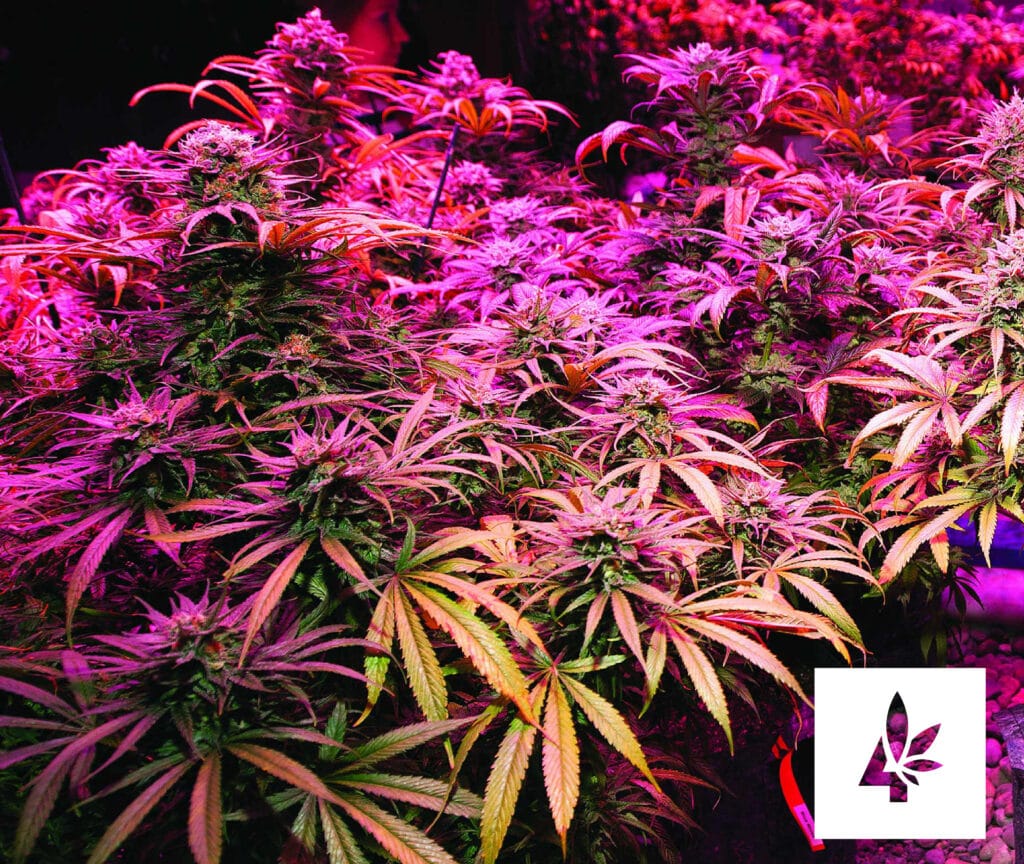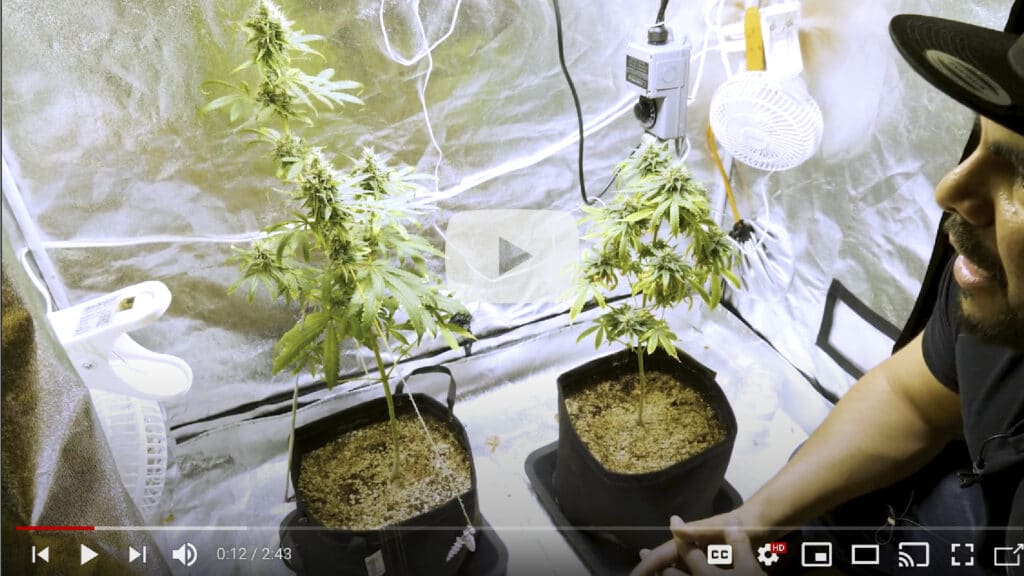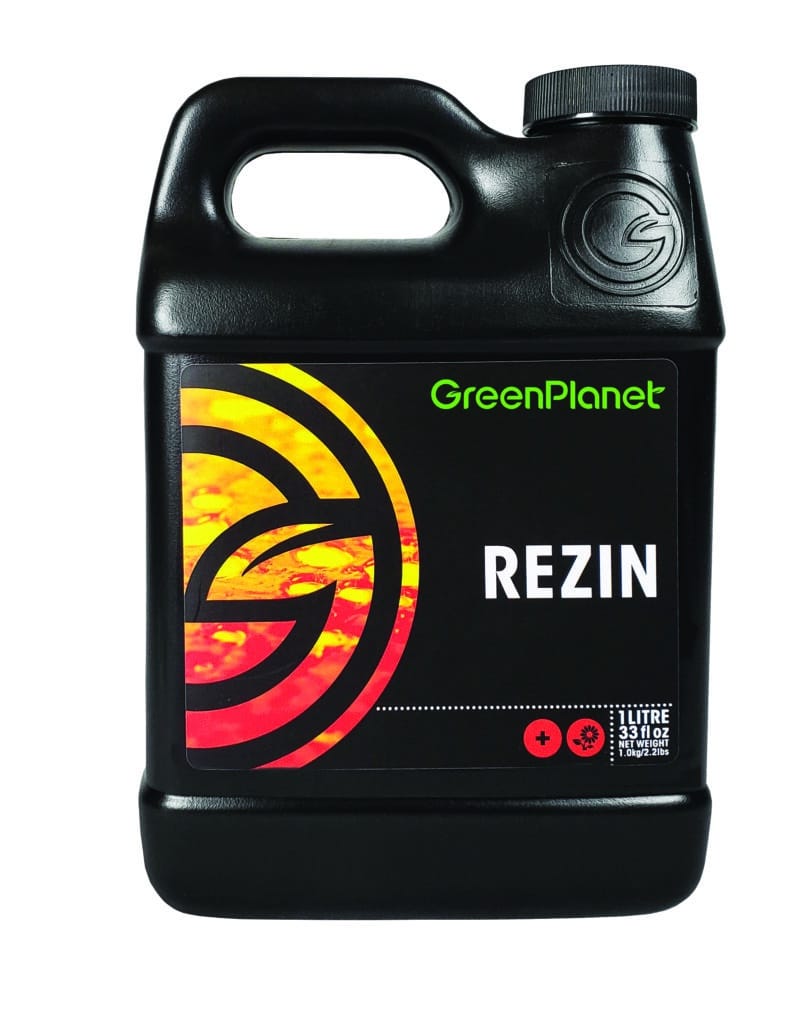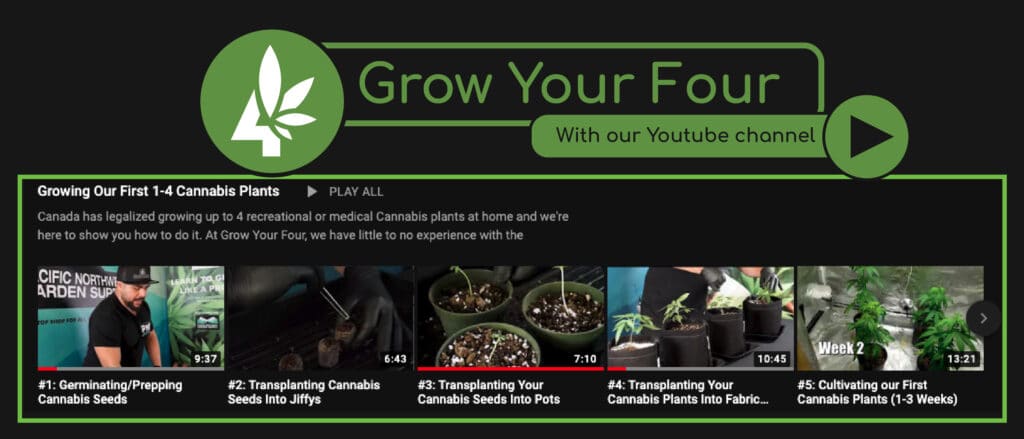By week six, your crop’s flowers will have reached their full size. While your plants may look and smell amazing, the show is far from over. Over the next two weeks, the resin glands and flowering hairs of your plants will slowly begin to deteriorate, adding new colors, flavors, aromas, and psychoactive effects. This is the ripening process of cannabis, and it is a completely natural development; however, there are many techniques that gardeners can implement to enhance cannabis plants during this stage of growth. Read the following passages to learn more about how to enhance your crop in late-flower.
What Happens During Late-Flower? (Weeks 6-8)
Late-flower describes a time when cannabis plants have completed their most vigorous bout of blooming. In weeks 6-8, the buds of your plants will begin to harden; the delicate trichome heads of your flowers will cloud and turn amber, and the once milky pistils of your buds will shrink, turn brown and become fragile. Also, as your plants continue to ripen, new aromas, flavors, and pigmentation will develop. For example, it’s common for cannabis flowers to express brown or even purple shades during these late stages of development.
Common Characteristics of Ripening Cannabis Flowers
- Bud hardening.
- Cloudy or amber trichome heads.
- Shrunken, brown pistils.
- Increased aroma.
- New colors and flower pigmentation.
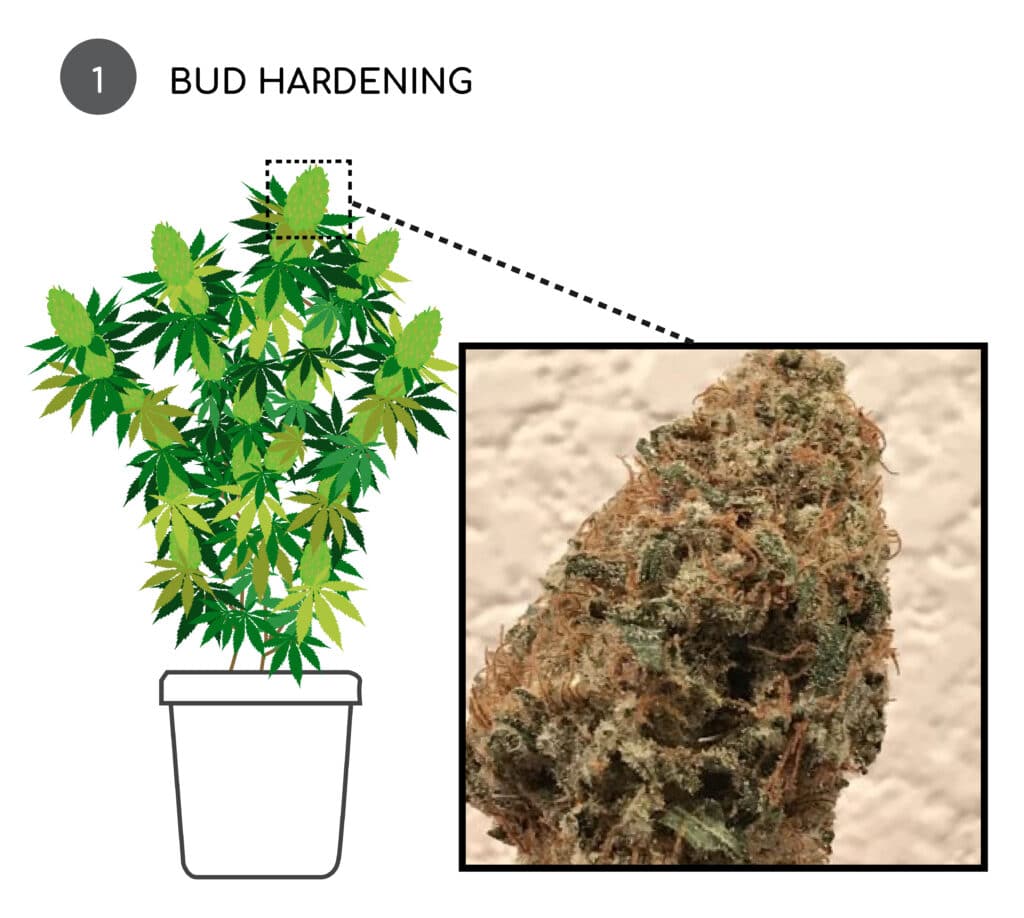
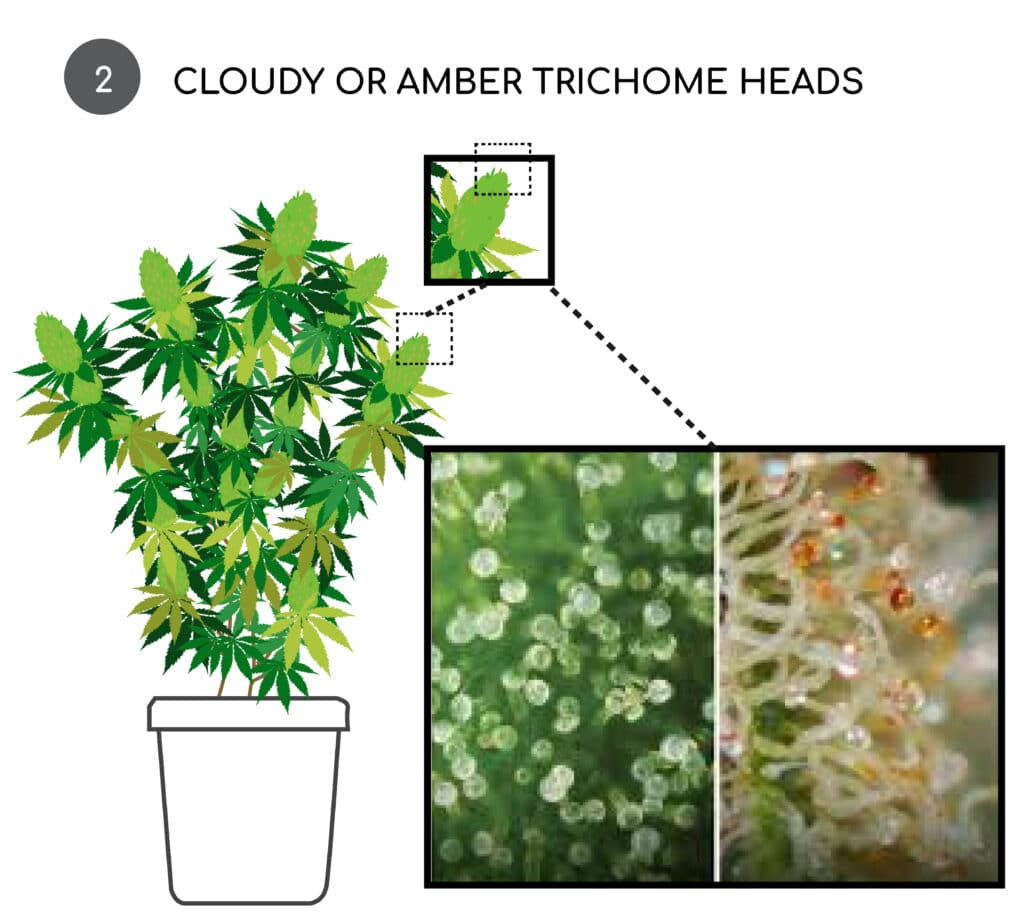
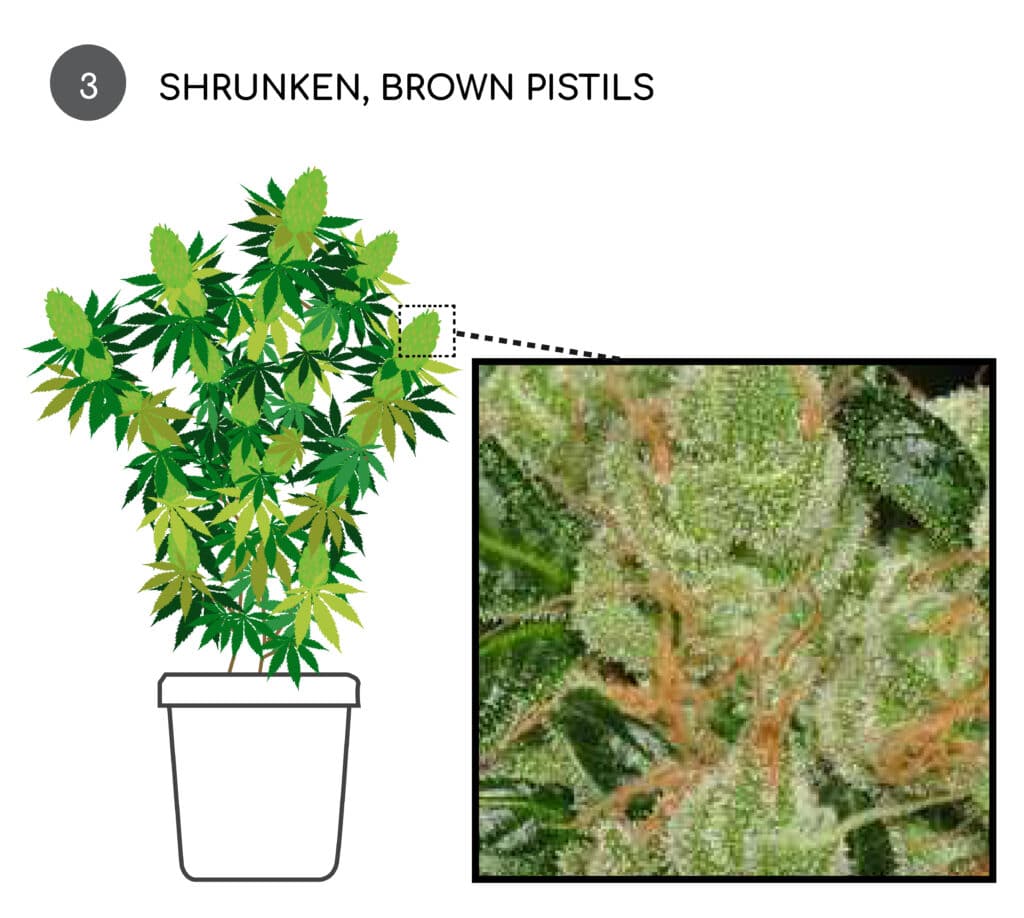

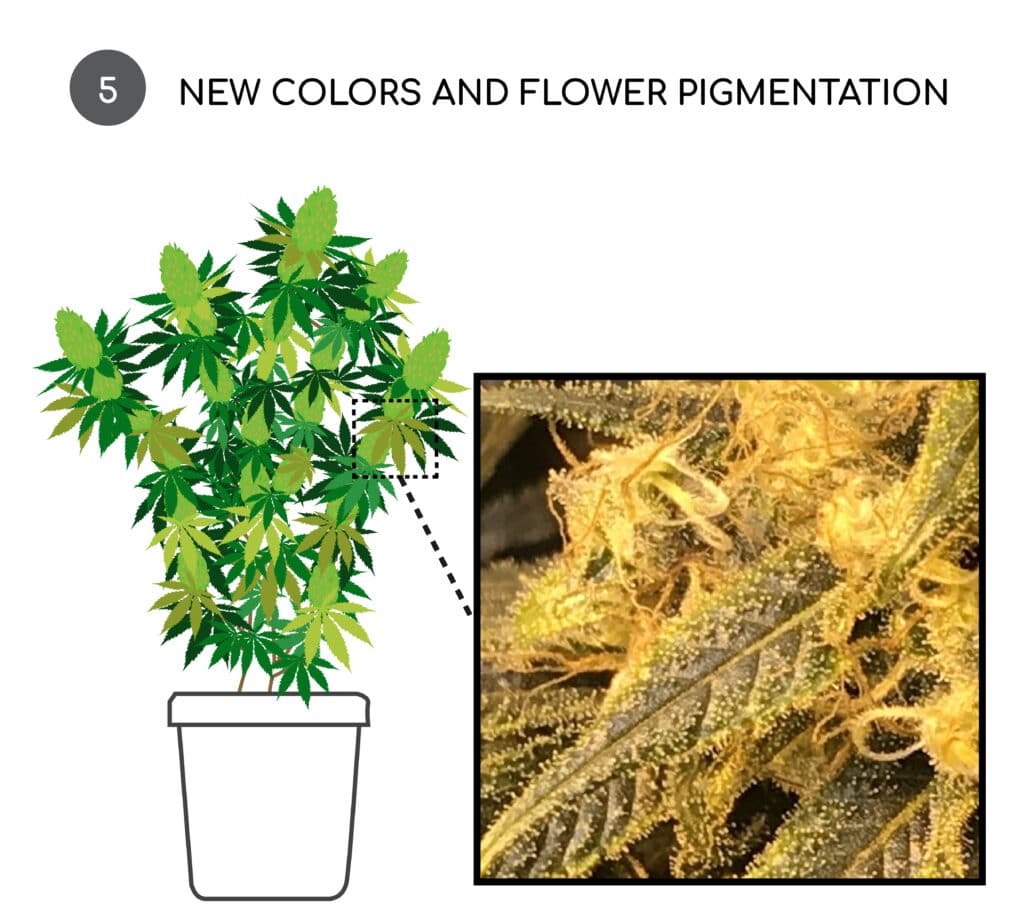
How to Enhance Your Crop in Late-Flower
Step #1: Flush Your Plants
“Flushing” is a term used to describe the action of rinsing a plant with plain water to flush out nutrient salts that may have built up during its lifecycle. Cannabis plants require a tremendous amount of fertilizer throughout a crop. Mineral-based fertilizers are easy to use and effective. Over time, however, chemical salts can often build up in harvestable plant material, making the result unsafe and undesirable. So, to ensure the cleanest and most desirable cannabis possible, growers must flush their plants with access amounts of clean water during the last two weeks of the flowering period.
The flushing process will accomplish two goals: first, it will starve your plant of nutrients and force it to uptake the available salt in the root zone; and second, as your plant starves, it will begin to convert stored nutrients in its flowers and leaves into photosynthetic energy, thus cleaning the plant material of heavy, hard to dissolve elements like nitrogen and calcium.
To begin the flushing process, halt the use of fertilizer and irrigate your plants with fresh water for the next two weeks. However, some supplements (see step #3) can continue to be applied during this stage. Irrigate your plants until 20% of the water that entered your container runs out of the bottom of your pot. After several flushes, you may start to notice some leaf yellowing and discoloration. This is a completely normal reaction, as it indicates that stored nutrients are leaving your plant as it continues to ripen. After flushing your crop for two weeks, your plants will likely be clean enough to harvest.
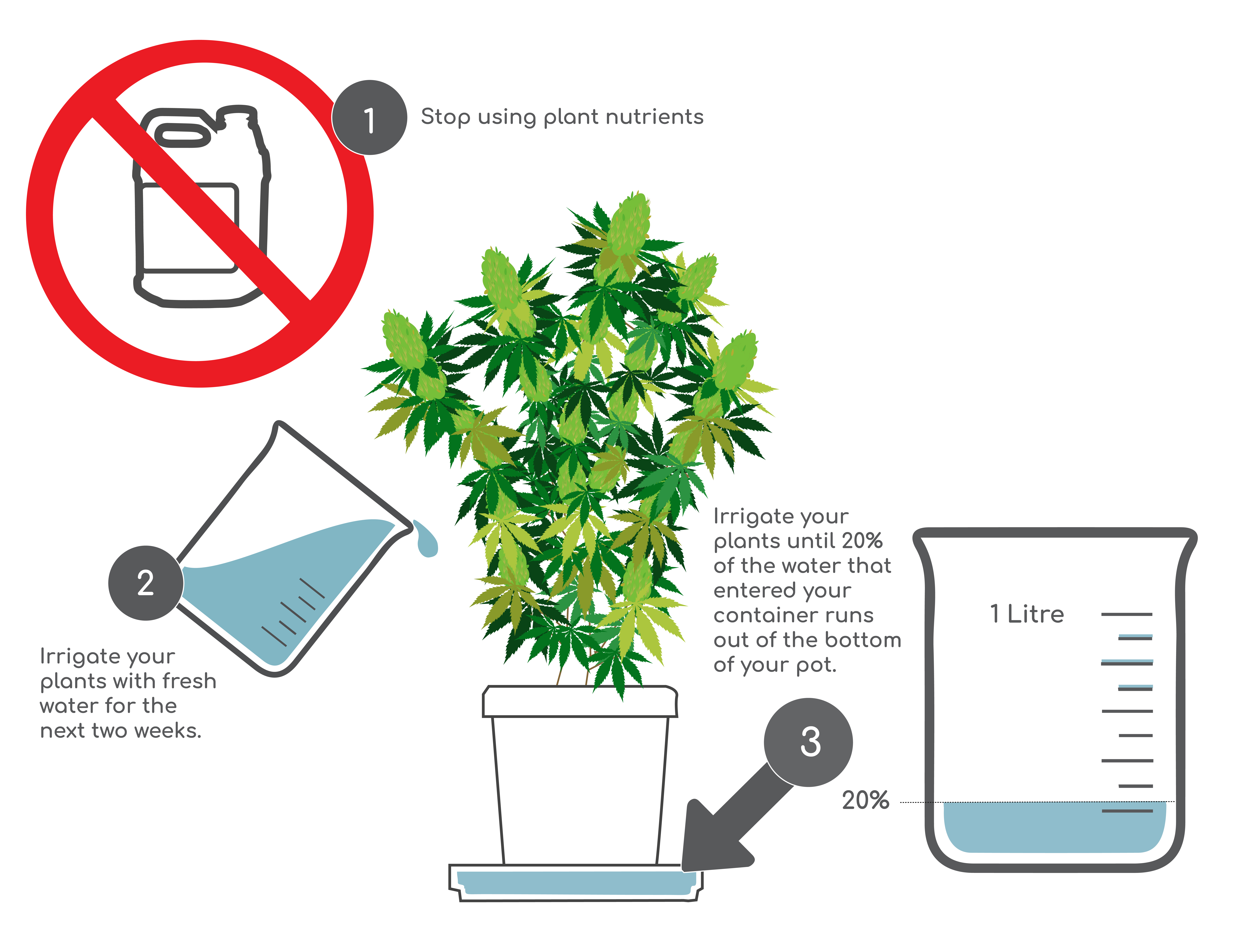
Step #2: Cool and Dehumidify Your Garden
To reduce the risk of bud rot during the late stages of flower, consider lowering the temperature and humidity of your garden. A stuffy grow room is the perfect breeding ground for plant disease. Especially if plant material is touching or overlapping, diseases like mold and mildew can be exacerbated by high or unstable temperatures and levels of humidity. So, do your best to cool and dehumidify your garden during the last two weeks of flower. Not only will this help to prevent bud rot, but a cool and dry environment will force mature cannabis flowers to rapidly harden, express new colors, and increase trichome development. For the best results, attempt to keep your environment at a stable 75 degrees Fahrenheit (24C) with a relative humidity of 50%.
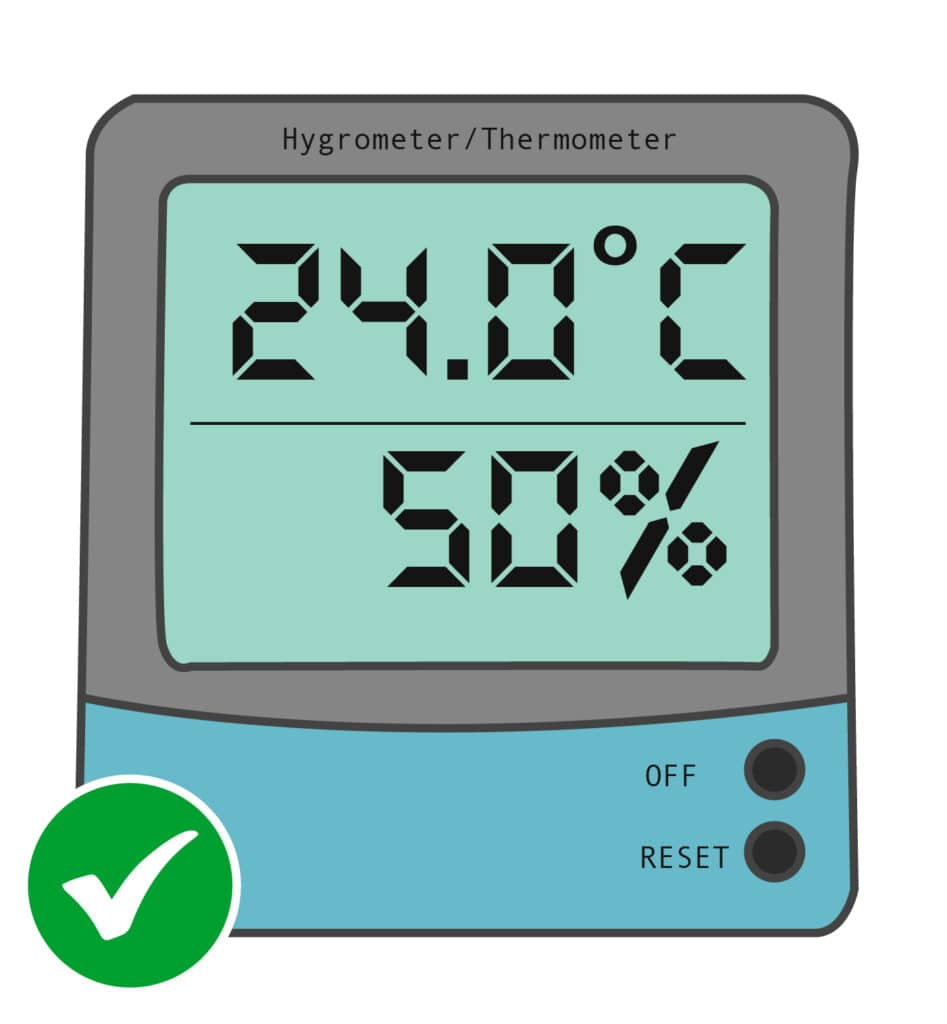
Step #3: Apply Late Flowering Supplements
While you may have suspended plant food during the flushing process, there are many supplements that growers can use to enhance cannabis crops in late-flower. Here are some of our top picks for late flowering supplements:
Rezin – Trichome production
Rezin: Rezin is GreenPlanet’s proprietary flowering additive. Designed to increase the smell, taste, and appearance of cannabis flowers, Rezin can be used during the late flowering period to enhance the natural flowering potential of cannabis. Rezin will not increase the PPM of your nutrient solution. This means Rezin can be used throughout the flushing process to enhance the quality and density of trichomes and terpenes.
Fish Sh!t – Essential Oils and Terpenes
Fish Sh!t: Loaded with natural sources of bacteria, fungi, and protozoa, Fish Sh!t helps release essential oils and terpenes which contribute to the building of a myriad of flavonoids. Flavonoids play a key role in the development of the most potent aromas and tasteful flavors of flowering cannabis plants. Also, using a beneficial bacteria supplement like Fish Sh!t during the flushing stage can speed up nutrient uptake, leading to a cleaner, more bountiful harvest.
Liquid Weight – Carbohydrate Supplement
Liquid Weight: Liquid Weight is GreenPlanet’s liquid carbohydrate supplement. Plants spend an amazing amount of energy in the form of carbohydrates during the flowering period. So, by supplementing your crop with an additional source of carbs, you can be sure the beneficial microbes in your soil will be plentifully fed, which in turn will support nutrient and fluid uptake.
Step #4: De-leafing
Growers may find it useful to de-leaf plants during the last few days of flower to lessen the workload during harvest and open up avenues of airflow. As mentioned earlier, one of the biggest concerns during late flower is the development of bud rot. To fight this issue, consider de-leafing your plants to increase airflow between bud sites. Not only will this action protect against the build-up of humidity, but de-leafing your crop will save time and labor during harvest. But be careful, excessive de-leafing can potentially damage flowers. So, only remove overlapping fan leaves that are not directly attached to flowers.
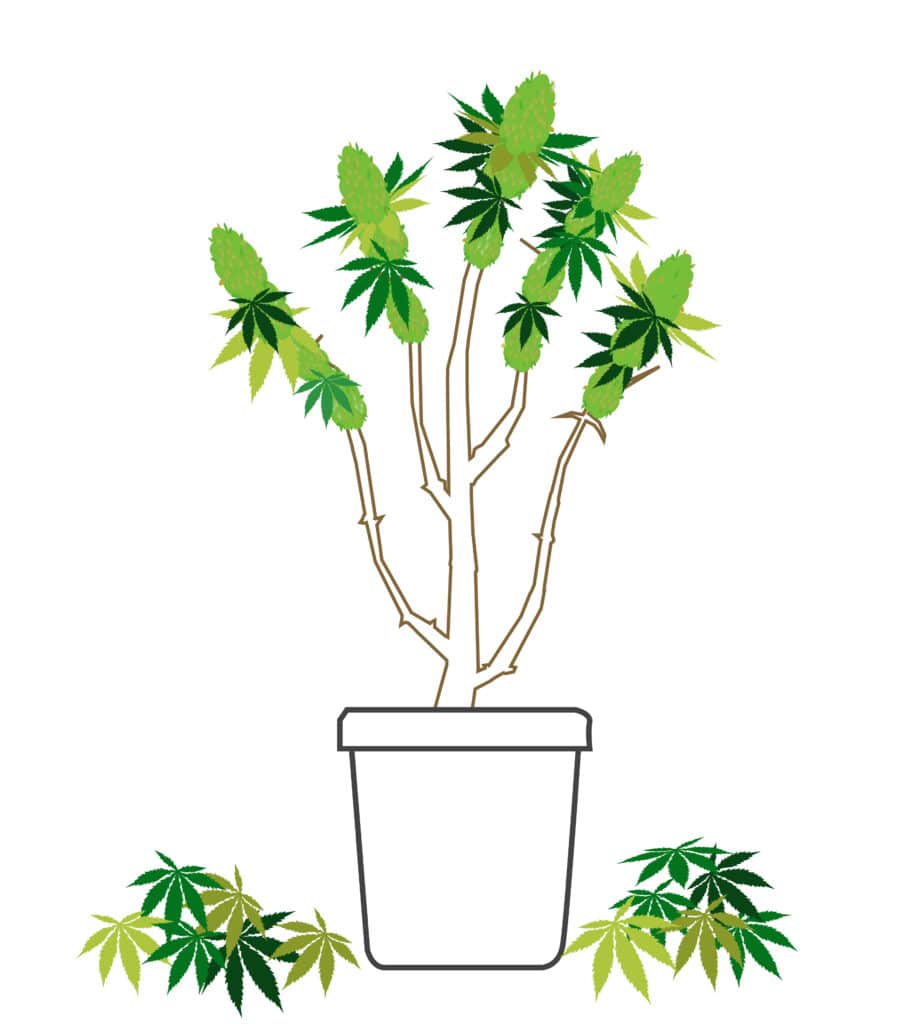
Step #5: Inspect Trichome Heads
Trichome heads can be easily inspected to determine the ripeness of cannabis flowers. On average, most cannabis strains will reach maturity after 8 weeks of flowering growth. However, some strains can flower for up to 12 weeks. If you’re unsure about your harvest date, the trichome heads of your cannabis plants can be examined to determine their maturity.
The following tools can be used to inspect your trichome heads: magnifying glasses, jewelers loupes, handheld microscopes, and mobile phone microscopes. Magnify and inspect your trichome heads with one of these tools. The best place to examine the largest trichomes will be on the highest point of your plant’s cola. Mature trichome heads will appear as either clouded/milky or amber. However, for the most potent cannabis, it’s highly recommended that growers harvest their plants once ⅓ of all inspected trichomes are amber.

Congratulations on growing cannabis at home! Join us for more information about growing cannabis at home. For more tips enhancing your crop during late-flower, contact our team at Grow Your Four.
Congratulations on starting your cannabis-growing journey with us. For more information on starting your cannabis plants from seed, please contact the team at Grow Your Four.
Read More
- Tips on Curing Homegrown CannabisAfter your cannabis is dried and processed, it’s time to think about curing, burping, and re-humidifying your crop to the perfect smoking and vaping consistency. Unlike drying, the process of curing cannabis involves slowly aging flowers in airtight containers to help seal in unique flavors and aromas. Much like the process of aging fine wine
- How to Trim Cannabis to Perfection in 7 Easy StepsIt’s true – trimming cannabis is one of the most monotonous jobs in the garden. But much the like process of knitting handmade fabrics, hand-trimming your crop is a special and necessary part of cultivation. Not only does hand-trimmed cannabis deliver a superior cut, but each flower during the hand-trimming process goes through an individual
- Grow Your Four’s Guide to Harvesting and Drying CannabisBy the end of week 8, your plants will likely be ready for harvest. Harvesting cannabis involves the important process of carefully drying plants to preserve and protect unique flavors and aromas. Much like the process of aging fine wine, carefully drying your crop has the potential to exaggerate the nose and taste of homegrown

